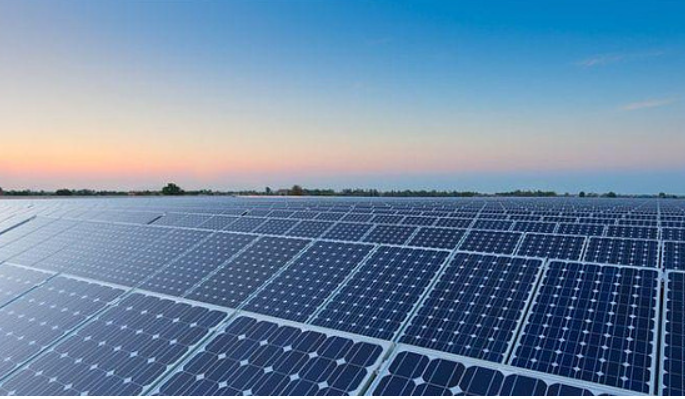
(JW Insights) Nov 14 -- China started construction at the world’s largest offshore photovoltaic power station in Dongying, China’s eastern Shandong Province, on November 13, reported Yicai Global.

The Power Construction Corporation of China has started constructing its one-gigawatt fixed pile foundations offshore PV power station in the Port of Guangli, the world’s first to achieve the one-gigawatt threshold, said China’s State-Owned Assets Supervision and Administration Commission of the State Council on November 13.
The project is expected to generate 1.78 billion kilowatt-hours of electricity per year when completed, equal to cutting consumption of 594,500 tons of standard coal, thus reducing carbon dioxide emissions by more than 1.4 million tons.
There are two types of offshore PV power stations: those with fixed pile foundations and those with surface floating. Surface floating PV power stations are built in deep waters and are not destructive to the water quality, reported Yicai Global.
China’s first fixed pile foundation offshore PV power station began operation in May in Wendeng, Shandong Province. It was jointly built by PowerChina and State Power Investment Corporation (SPIC) Shandong Energy Group.
Offshore PV power stations are more environment-friendly, cheaper, and take less time to build than land PV power stations. Moreover, they are 15 percent to 30 percent more efficient in electricity generation than land PV power stations, thanks to the fact that the water surface has a higher refractive index and is warm in winter and cool in summer.
SPIC Guangdong Electric Power is promoting surface floating offshore PV power stations, considering that offshore PV power stations will gradually move to deeper and more open seas, a staffer at the firm said. Fixed pile foundation offshore PV power stations must be deep, so they have higher seabed requirements and costs in pile drilling, the staffer added.
The biggest challenge for offshore PV power stations is how reliable PV modules are, said Li Qicong from the China Electronics Standardization Institute. For example, PV modules need to be wind-resistant enough in case of strong wind and waves, he noted.
Moreover, many industry insiders brought up the issue of the service life of offshore PV modules, as they need to resist seawater erosion, according to the Yicai Global report.
(Li PP)
RELATED
-
Chinese leading Wi-Fi FEM provider Kxcomtech debuts on Shanghai Stock Exchange STAR Market with a 178.67% surge on the first day
11-17 14:13 -
Senior IC institutional investor Chen Yu points to more opportunities in AI chips and equipment in 2024
11-16 16:12 -
Chinese GPU startup Moore Threads completes B+ round of funding
11-16 15:17
READ MOST

No Data Yet~







